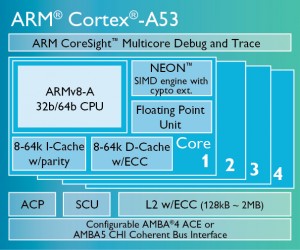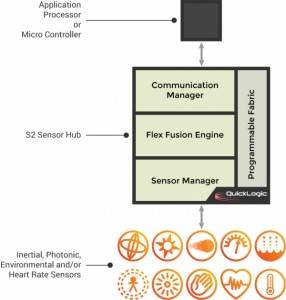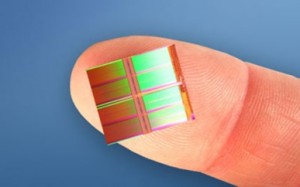 Antenova, the Hatfield antenna specialist, has launched an embedded GNSS antenna, named ‘Sinica’, which operates on the 1559MHz–1609MHz satellite bands.
Antenova, the Hatfield antenna specialist, has launched an embedded GNSS antenna, named ‘Sinica’, which operates on the 1559MHz–1609MHz satellite bands.
Sinica is suitable for all positioning applications on the 1559MHz-1609MHz bands, the company says. It operates with all of the public satellite constellations – GPS, GLONASS, Baidou and Gallileo – which means it can provide accurate positioning combined with global coverage.
The Sinica antenna is created from FR4 materials and new dielectric constant laminate substrates. According to the company it uses a new approach to antenna design, which has enabled the company to create an antenna with the high performance of a ceramic patch antenna, in a low profile part that can be placed neatly within a small printed circuit board.
Sinica is designed for devices that need accurate positioning or tracking globally, which means it is suitable to use in drones, network devices and wearable electronics, or any other portable device or tracking application.
Antenova’s product designers recently introduced the concept of ‘design for integration’ (DFI), which considers how the antenna will operate when it is embedded with a manufacturer’s product. Antenova’s antennas are used within a customer’s design, so they are designed to provide RF performance from within the device, and to make the integration of the RF elements easier for the designer.
The antennas are supplied on tape-and-reel.






